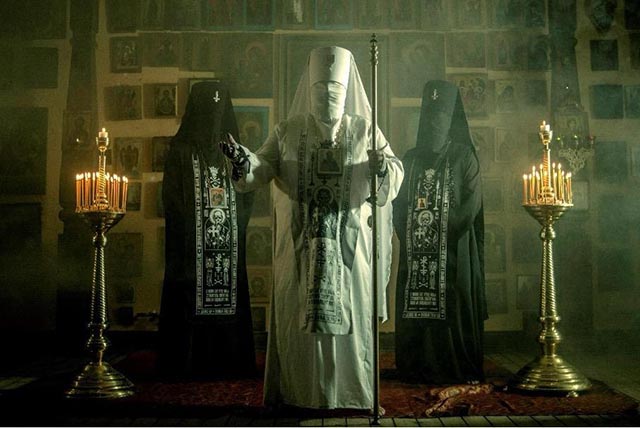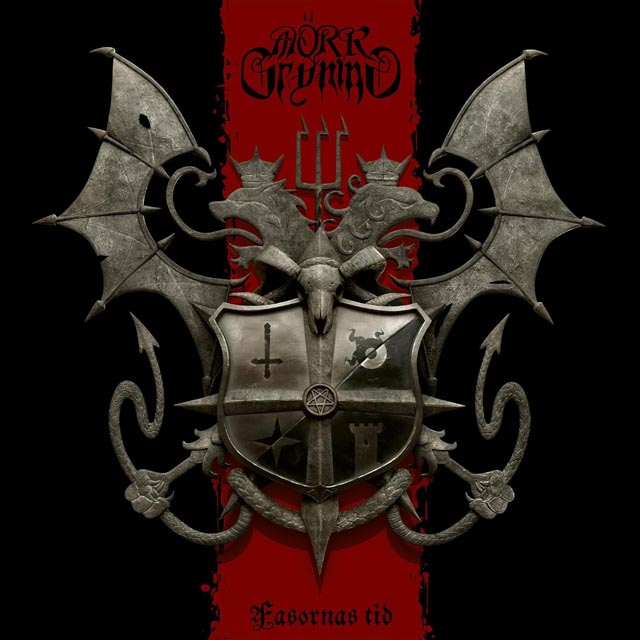 Nothing will make you reflect on your own mortality like realizing that a piece of metal history that seems so classic and timeless is a mere four months older than you. This was the realization that I had this morning. Twenty-five years ago today Iron Maiden released their seventh studio album, Seventh Son of a Seventh Son.
Nothing will make you reflect on your own mortality like realizing that a piece of metal history that seems so classic and timeless is a mere four months older than you. This was the realization that I had this morning. Twenty-five years ago today Iron Maiden released their seventh studio album, Seventh Son of a Seventh Son.
This was the first album that the band included keyboards on after utilizing synth elements on 1986’s Somewhere In Time. The overall tone of the album still had the classic Maiden sound, but kept the experimental vibe initially presented on the aforementioned 1986 release. Seventh Son was also the first to present the simple question, “Can I Play With Madness?”
[youtube]http://www.youtube.com/watch?v=b9DBafBhDSc[/youtube]
Steve Harris was inspired to write the concept for the album upon completion of Orson Scott Card’s novel Seventh Son, and the realization that it was the band’s seventh album. He and Bruce Dickinson compiled a batch of songs about the battles between good and evil, second sight, being reborn and much more. Gems on this album include the awesome “Moonchild,” “Infinite Dreams,” and, one of my favorite Maiden tracks ever, “The Clairvoyant.”
Seventh Son of a Seventh Son was sadly the last album with the “classic” lineup of Maiden that included longtime guitarist Adrian Smith. Smith, of course, returned to Iron Maiden in 1999, turning the band into three-guitared beast, but his guitar work was sorely missed during Iron Maiden’s dark age of the ’90s.
[youtube]http://www.youtube.com/watch?v=cU5rvBtjsLY[/youtube]
So, seven cheers to the bass gallops, seven cheers to soaring guitar harmonies, and seven cheers to the last flawless Iron Maiden record. Also, seven tears to realizing that I’m as old as something I’ve always thought was old. Now to the important question of if you make Eddie a cake for this album, do you put twenty-five candles on it, or seven?
Uses of the number seven
The Album: 45
This post: 14






